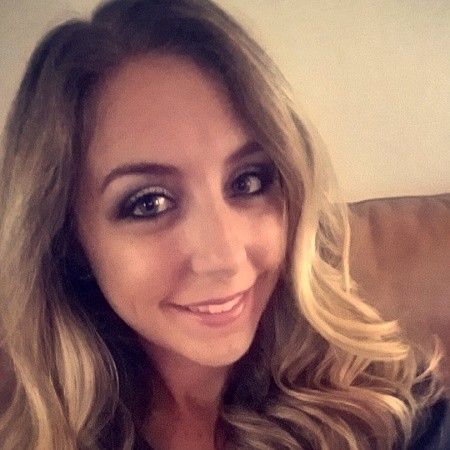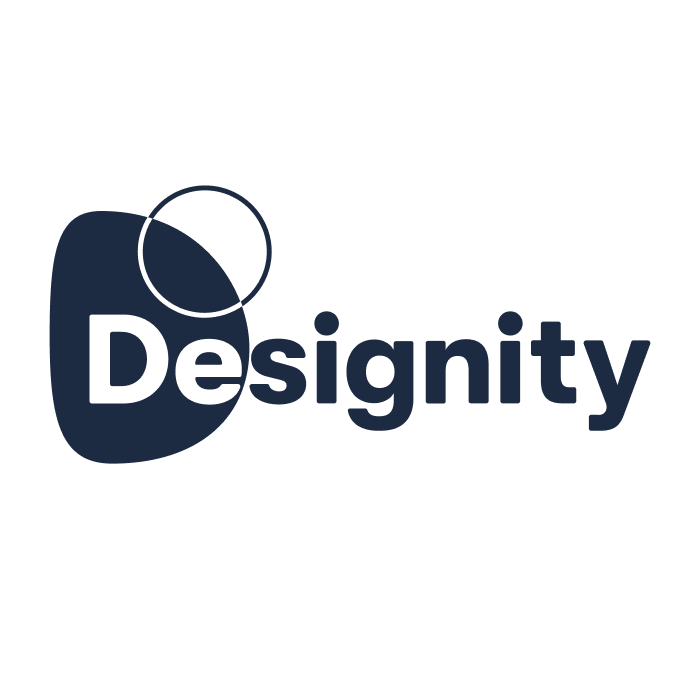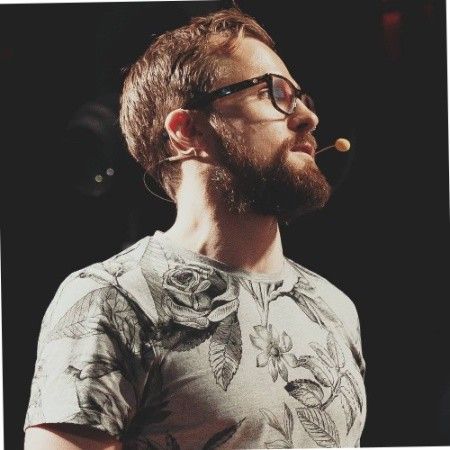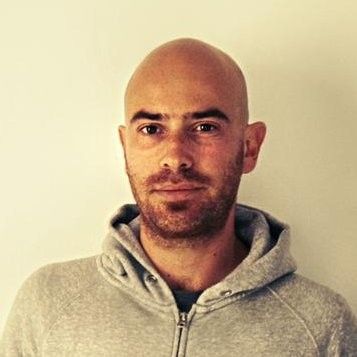Explain an internal process
Add clarity to explain internal company processes like the best way to work with a brand, engineering, or development teams.
Transcript
Show Transcript
Hi, I'm Sam from the Loom team. And I'm about to show you how to use async video to explain a company process.
My colleague, Ali filmed a video on how to work with her team brand design. Here it is. Hello, for those of you who don't know me, my name is Ali.
I am the producer on the brand team. So if you ever have questions on how to work with us if you have a project that you need help on come to me or check out this doc, hopefully it's helpful when it comes to our process and what to expect when you're requesting a project a little bit of a caveat.
This is mostly geared towards landing pages and the process that we have around that. And it's also likely that as we scale and the team grows, we will likely be updating these processes very soon.
So all of that to say, this is who we are. We've got our team here a little bit about us.
You can also find us all over slack. I'm sure. The TLDR that all is compile all of your content. I am a content lover, give me a good content brief.
And that is a very good indicator of how smooth the actual creative process is going to go from there. You can make the request via a sauna.
The link is posted here in the stock. It's also a go link in our slack channel. So you should be able to find it pretty easily.
Add all of the details from the project in there. Any of the deliverables, any of the deadlines, any of the scope, things like that.
And then once you have submitted that all of my notifications are going to go off my slack channel, my email, my Isana, everything.
So I will definitely see it. If I have any questions I will get in touch with you. But most likely what I'm going to do at that point is build out the project in a sauna assign some sub tasks, add some key dates assign them out to our creatives, possibly even you as a stakeholder and get the ball rolling.
I'll schedule a kickoff. If it's necessary. Sometimes we tend to do that. Async if it's a smaller project and if it's one that's fairly simple or one that we've done before, so these are some examples of some really great content handoffs.
We also, if we're doing landing pages, need your metadata, tell us what you want to come up when we share out these links beyond there, here's an example of a few project charters some Dacey charts that we work with.
And once you have all of that, go ahead and make the request, this details out how you can find the Asana request form and the go link.
This walks through most of our general process and how we approach landing pages, especially net new landing pages that we're not just updating.
Then we do a lot of scoping making sure that we're all on the same page and then we do kickoffs.
And usually the project can take anywhere from if it's a smaller page with a big deadline and we it's a huge priority.
Sometimes we can get, get it done in three to four weeks. Oftentimes it's more like five to six. These are some sample timelines just to give you an idea of why it takes so long and what's happening in the, in that time.
And then we go through approval process and making sure that we have everything handed off to engineering and the appropriate time and way.
And we tend to keep that very collaborative and rolling. Lots of async updates, lots of slack, channel updates, things like that.
And then at the bottom, we have some tips that we, the brand team loves. So in general if you want us to create a slide deck for you, we love pitch pitches a lot more customizable than something like Google sheets, Google slides.
And so we tend to go that way. I am a huge fan of a clear content handoff. I will beat that horse.
I really need all of that content in a clear brief. And from that point it's usually pretty smooth sailing with layouts and things like that.
We usually don't need them. We, the creative team really love to be able to think creatively approach problems from ways that may not have been thought of rather than just being given a kind of predetermined design layout and content that we're just told to make pretty.
We really like to think outside the box. So give us a problem to solve rather than something to design. We are really good about giving feedback and we expect to get feedback pretty quickly from you all, especially if it's, async usually within a day.
Most of our documentation, as you can see is a notion rather than Google docs, but we're no stranger to Google docs either.
So if that is your preference, we can make it work. We do have some simple branded assets. So if you're looking for some quick logos and things like that, we've got it.
We tend to use Figma and overall, let us know how we can help you. We love to brainstorm. We love to be brought into projects early.
So hopefully this helps give you some context into how the brand design team works and the ways that we can work together.
Thanks. Y'all bye.
Transcript
Show Transcript
Hi, I'm Sam from the Loom team. And I'm about to show you how to use async video to explain a company process.
My colleague, Ali filmed a video on how to work with her team brand design. Here it is. Hello, for those of you who don't know me, my name is Ali.
I am the producer on the brand team. So if you ever have questions on how to work with us if you have a project that you need help on come to me or check out this doc, hopefully it's helpful when it comes to our process and what to expect when you're requesting a project a little bit of a caveat.
This is mostly geared towards landing pages and the process that we have around that. And it's also likely that as we scale and the team grows, we will likely be updating these processes very soon.
So all of that to say, this is who we are. We've got our team here a little bit about us.
You can also find us all over slack. I'm sure. The TLDR that all is compile all of your content. I am a content lover, give me a good content brief.
And that is a very good indicator of how smooth the actual creative process is going to go from there. You can make the request via a sauna.
The link is posted here in the stock. It's also a go link in our slack channel. So you should be able to find it pretty easily.
Add all of the details from the project in there. Any of the deliverables, any of the deadlines, any of the scope, things like that.
And then once you have submitted that all of my notifications are going to go off my slack channel, my email, my Isana, everything.
So I will definitely see it. If I have any questions I will get in touch with you. But most likely what I'm going to do at that point is build out the project in a sauna assign some sub tasks, add some key dates assign them out to our creatives, possibly even you as a stakeholder and get the ball rolling.
I'll schedule a kickoff. If it's necessary. Sometimes we tend to do that. Async if it's a smaller project and if it's one that's fairly simple or one that we've done before, so these are some examples of some really great content handoffs.
We also, if we're doing landing pages, need your metadata, tell us what you want to come up when we share out these links beyond there, here's an example of a few project charters some Dacey charts that we work with.
And once you have all of that, go ahead and make the request, this details out how you can find the Asana request form and the go link.
This walks through most of our general process and how we approach landing pages, especially net new landing pages that we're not just updating.
Then we do a lot of scoping making sure that we're all on the same page and then we do kickoffs.
And usually the project can take anywhere from if it's a smaller page with a big deadline and we it's a huge priority.
Sometimes we can get, get it done in three to four weeks. Oftentimes it's more like five to six. These are some sample timelines just to give you an idea of why it takes so long and what's happening in the, in that time.
And then we go through approval process and making sure that we have everything handed off to engineering and the appropriate time and way.
And we tend to keep that very collaborative and rolling. Lots of async updates, lots of slack, channel updates, things like that.
And then at the bottom, we have some tips that we, the brand team loves. So in general if you want us to create a slide deck for you, we love pitch pitches a lot more customizable than something like Google sheets, Google slides.
And so we tend to go that way. I am a huge fan of a clear content handoff. I will beat that horse.
I really need all of that content in a clear brief. And from that point it's usually pretty smooth sailing with layouts and things like that.
We usually don't need them. We, the creative team really love to be able to think creatively approach problems from ways that may not have been thought of rather than just being given a kind of predetermined design layout and content that we're just told to make pretty.
We really like to think outside the box. So give us a problem to solve rather than something to design. We are really good about giving feedback and we expect to get feedback pretty quickly from you all, especially if it's, async usually within a day.
Most of our documentation, as you can see is a notion rather than Google docs, but we're no stranger to Google docs either.
So if that is your preference, we can make it work. We do have some simple branded assets. So if you're looking for some quick logos and things like that, we've got it.
We tend to use Figma and overall, let us know how we can help you. We love to brainstorm. We love to be brought into projects early.
So hopefully this helps give you some context into how the brand design team works and the ways that we can work together.
Thanks. Y'all bye.
More than 25 million people across 400,000 companies choose Loom
For Mac, Windows, iOS, and Android

My teammates and I love using Loom! It has saved us hundreds of hours by creating informative video tutorials instead of long emails or 1-on-1 trainings with customers.

Erica GoodellCustomer Success, Pearson

Using Loom has significantly improved how I communicate with my colleagues. It simplifies sharing feedback and makes my workflow interactive, as my colleagues can comment on videos if they have further questions. It’s intuitive and enhances productivity by streamlining collaborative efforts.

Matthew NormanCreative Director, Designity

My new daily email habit. Begin writing an email. Get to the second paragraph and think 'what a time suck.' Record a Loom instead. Feel like 😎.

Kieran FlanaganVP of Marketing, HubSpot

Loom amplifies my communication with the team like nothing else has. It's a communication tool that should be in every executive's toolbox.

David OkuinevCo-CEO, Typeform

My teammates and I love using Loom! It has saved us hundreds of hours by creating informative video tutorials instead of long emails or 1-on-1 trainings with customers.

Erica GoodellCustomer Success, Pearson

Using Loom has significantly improved how I communicate with my colleagues. It simplifies sharing feedback and makes my workflow interactive, as my colleagues can comment on videos if they have further questions. It’s intuitive and enhances productivity by streamlining collaborative efforts.

Matthew NormanCreative Director, Designity